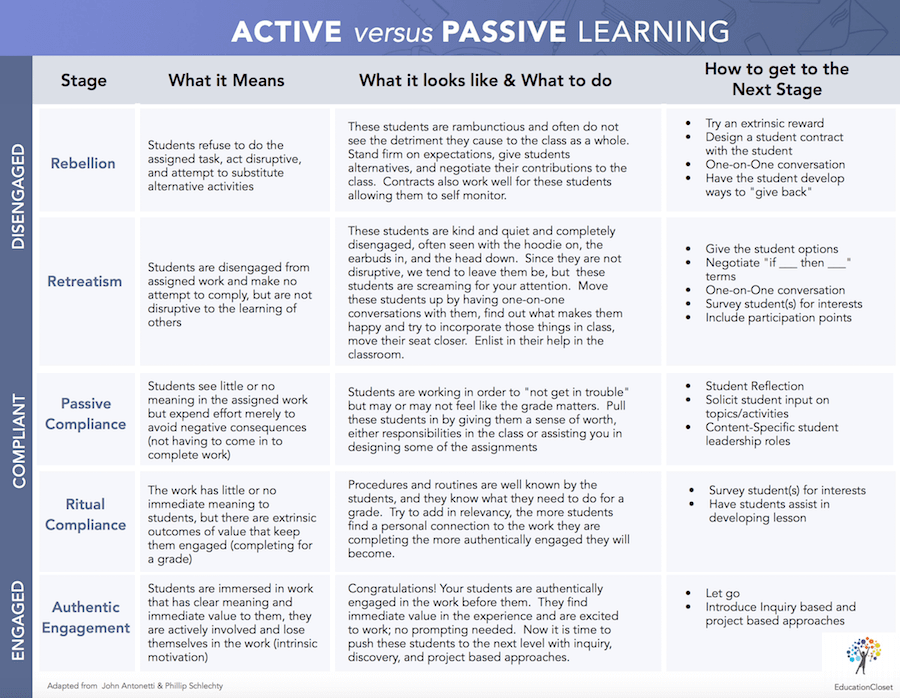How 3 Teachers Transformed their Classrooms
8 Min Read • Arts Integration Certification
This past month, I had the opportunity to interview three very different teachers about the one thing that has most transformed their classroom. Each of them have taught multiple grade levels, content areas and are veterans in the field. They also happen to help lead our Arts Integration Certification Program.
In my interviews with each of them, I discovered that there’s not one single thing that moves the needle. As educators, we spend countless hours looking for trainings or tools or resources that are going to have an impact for our students. Something that will make our jobs just a little bit easier.
But what’s so eye-opening about what these teachers have shared is that what makes a difference for one isn’t what the other one needs. This might seem like common sense, but think about that for a minute. How many pieces of legislation or PD sessions or new evaluation tools have been developed around the one-size-fits-all approach? Too many.
Instead, let’s listen to our practicing teachers. Let’s learn from their experiences, take what works for us and leave the rest. And from there, build our personalized teaching toolkits.
Teacher 1: Student Engagement
My first conversation was with Dr. Typhani Harris. Typhani is our Executive Director of Academics, as well as a former High School teacher. She currently helps to coach teachers all around the country on their teaching craft. She’s had experience teaching E/LA and Dance, which gives her a bit of unique background for arts integration and STEAM.
Our dialogue centered around the idea of Student Engagement. Specifically, how passive and active learning play a big role in the engagement levels of our students. This is one of those topics that gets muddy so quickly because the term “Student Engagement” is such a buzzword.
What Typhani shared was that for her, engagement isn’t the same as compliance. Often, when students are on-task, they aren’t engaged. They’re simply doing what they’re told.
This was a fascinating topic because we took a deep dive into the idea of student voice and choice as an authentic measurement of engagement. Take a listen here:
Now be sure to download that helpful chart with the different levels of engagement that Typhani shared:
DOWNLOAD THIS RESOURCE
Teacher 2: Burnout or Demoralization?
In my second interview, I spoke with Amy Traggianese. Amy is a coach in our Certification Program and she’s also our Social Media Manager. During the day, she also teaches K-5 Art and in the past has taught in both Kindergarten and 1st grade.
Amy shared the very personal and common hurdle every teacher faces: what to do in the face of burnout. What resonated so much for me with this discussion was that burnout doesn’t just happen once. Sometimes, it occurs multiple times through your career. Amy’s been teaching for over 20 years at this point and she’s had to make several shifts during that time.
Not all shifts look the same. For Amy, it meant changing grade levels, content areas, moving to part-time, and actively seeking out a network through social media that has helped to keep her excited about her job. For me, it meant moving from the schoolhouse to central office and then finally to running the Institute full time. And for still others, it can be through new professional development program, certifications, or just finding a creative outlet.
We also discussed whether teachers actually go through burnout or if it’s really demoralization. There are several different indicators for both, and we took some time to reflect on those. Take a peek at this conversation and brainstorm some ways you can reignite your passion for education.
Teacher 3: Classroom Management
Finally, I interviewed Amanda Koonlaba who is a Certification Program coach and evaluator. She also runs her own successful blog and is a teaching artist for Mississippi. Previously, Amanda has taught both elementary general education and K-5 art.
Our conversation centered around tools and techniques for classroom management for all teachers. Amanda pointed out that classroom management isn’t a “fix it and forget it” issue for teachers. It’s something that constantly needs attention and revision based on the students in your room.
Additionally, Amanda made the point that classroom management is really based on the relationships you build – both with students and with the surrounding community. That means that it’s just as important to build quality, respectful relationships with the other teachers and administrators in your building, as well as the parents and local business owners that support your school. These relationships show that you care about the students as human beings, as well as their academic potential.
What’s spectacular about this is that it’s so simple. We often look for classroom management techniques or strategies to employ in our environments. And Amanda pointed out that these routines, strategies and overall consistency of environment is important. But without positive relationships with students, staff and parents, those routines won’t matter much.
We did discuss some specific tweaks that you can do in any classroom using arts integration as a management tool. Watch for those in the video below, as well as the books we both enjoy for this topic. The Classroom Management Secret from Michael Linsin and What Great Teachers Do Differently from Todd Whitaker are both favorites.
Your Turn
For me, the best part of this month has been sitting down with each of these educators and learning what has worked for them. It helped me to reflect on my own practice and sparked new ideas to try in the future.
Now it’s your turn. Try sitting down for lunch or coffee with a colleague. Strike up a conversation about something you’re interested in or struggling with right now. You’ll be so surprised by how fast the time goes and how much you’ll learn. It’s a way better method than scrolling through Pinterest yet again looking for another teaching tool.



